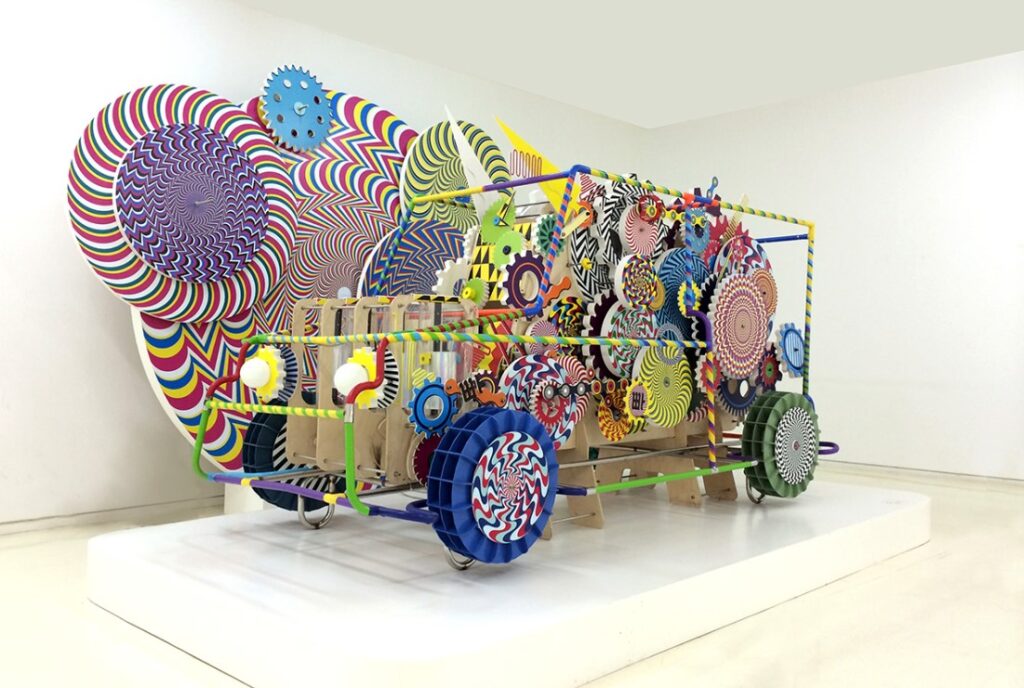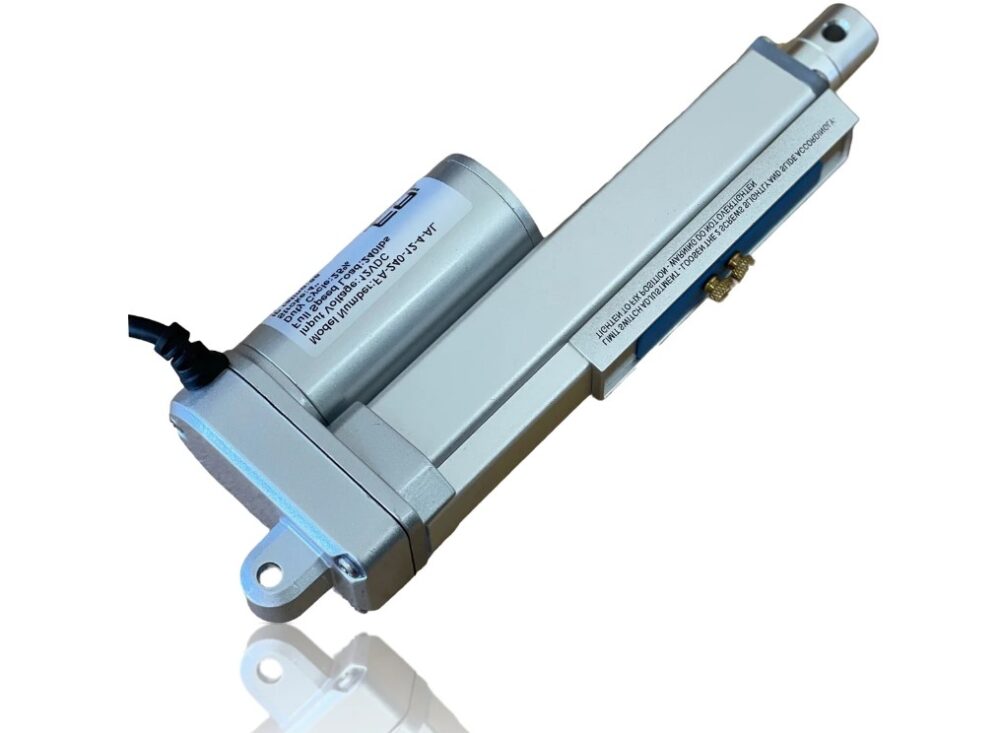Artworks are usually stagnant. Consider any sculpture you’ve seen before; the norm is that it stays in a fixed position and doesn’t move. However, if you’re an artist, motorized artwork is one structure you should attempt to create.
Motorized artworks feature moving parts. Traditionally, such components will depend on wind for motion. But with recent technologies, the moving parts use motors to change from one form to another.
While these artworks deviate from the regular, they do have many advantages. At the least, they’ll grab attention faster with their dynamic visual effects. Let’s learn about the principles behind them.
Principles of Motorized Artwork

Source: platoon.org
Different principles go into making motorized artwork. First, there’s motion since the parts must move. Then others include mechanics, electronics, and programming.
Motion
As stated already, this is what differentiates motorized artwork from regular artwork. The sculptures can change their appearance thanks to the motion created by a motor. Motion here can vary regarding the effect. However, the most important thing is that you use a dependable mechanism. For easy operation, a linear actuator with an electric motor works best.
Mechanics
A motorized artwork will only experience motion with the right mechanics. Here, the focus is on the physical parts that move the components, including the parts of the motion mechanism. To be more specific, mechanics involves the wires, hinges, rods, and gears, to name a few. Since it’s critical to performance, the mechanics of a motorized artwork can affect its aesthetics.
Electronics
Of course, you won’t control a motorized artwork manually. The sculptures will depend on electronic parts for activation and control. Examples of such electronics include batteries, switches, remotes, and sensors, among others. Some works feature extra features like lights and sounds for more aesthetics. Such additional elements also qualify under electronics.
Programming
Some motorized artworks are so advanced that they rely on programming to function. Robots are a good example here. While they may appear as tech inventions, robots are more or less metal sculptures that can move. Many robots operate based on set programs and welcome regular inputs to improve performance.
Examples of Motorized Artworks
You can narrow down the types of motorized artwork into three categories. These include kinetic sculptures, interactive installations, and robotic paintings.
Kinetic Sculptures
Kinetic sculptures are the most popular form of motorized artwork. These structures change their shape and volume by adjusting their moving parts. You can check the video on this page for an example created using a linear actuator.
Linear actuators work in kinetic sculptures by controlling the movable parts. They’re reliable when it comes to ensuring precise and accurate motion. The devices move in a straight path, no doubt. But you can still apply them to create movements like spinning and swinging.
Interactive installations
These motorized artworks require human interaction. That is, their mobile parts move based on user input, making them the best in terms of fun. Such artworks will also work with a linear motion device.
However, you’ll need an actuator with feedback for the best operation. As a result, the mechanics and electronics will include a part to receive user responses. This can be a simple camera or sensor in most applications. In more complex installations, however, the artworks use computers and custom software.
Robotic paintings
The concept here differs from the previous two. It’s not the artwork that’s motorized. Rather, a motorized robot — which can be autonomous or semi-autonomous — creates the artwork. If you walk into a room and find a beautiful painting on the wall, you can quickly conclude someone drew it. However, it may be the handiwork of a robot.
Linear actuators can improve the performance of robotic paintings by helping the drawing devices mimic human movements by extending and retracting. Such motion devices may need to stretch over a long length, depending on how large the painting is. As a result, rod-style linear actuators are the most ideal for robotic paintings.
How Linear Actuators Function in Motorized Artworks
For each motorized artwork example explained previously, we stated how linear actuators can help. Indeed, these motion devices are pivotal when it comes to motion applications. Regarding motorized sculptures, actuators aid in motion control, design, and expression.
Motion Control
Linear actuators influence motion control because they help move the flexible parts of the artwork. You can use them to accurately dictate the speed, position, and force at which the sculpture displays. The most common option for this is by using a remote or switch. Actuators with sensors are more seamless when it comes to control, but it depends on the feedback type.
Motion Design
For motion design, it’s unarguable that the capacity of the linear actuator will influence the artwork type. A device with a low carrying capacity won’t work if it’s heavy artwork. Also, stroke length, speed range, accuracy, and noise level are central. If you’re creating a motorized artwork that spins, for example, you’ll design how fast it’ll go based on the speed range of the actuator device.
Motion Expression
Motion expression relates to the artistic effect the motorized artwork will exhibit. Hence, this puts the actuator’s movement into context. The linear actuator you use will affect the sculpture’s patterns, interactions, and sequences. But it still depends on the artwork type.
Conclusion
A motorized artwork is one perfect way to display creativity as an artist. As explained, they come with some noteworthy advantages. Since the sculptures depend on a motion mechanism, we advise using a linear actuator with an electric motor for top-notch performance.




















